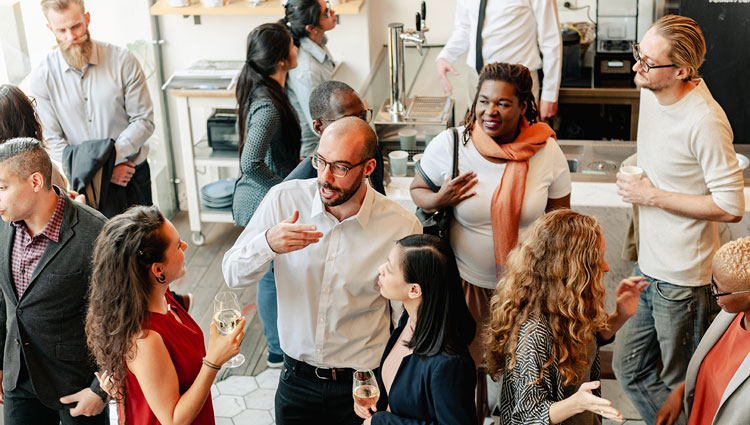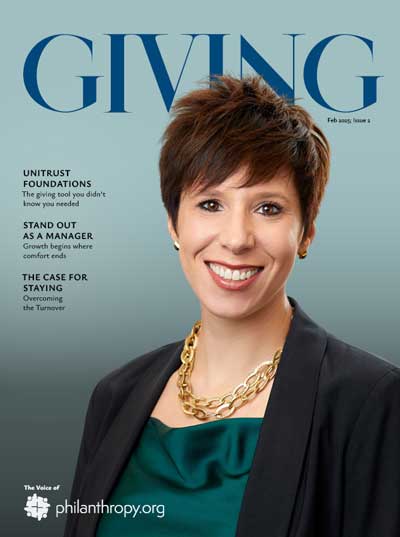You probably didn’t hear about the six-figure bequest that just landed at a mid-sized college last month. Or the unexpected estate gift from a quiet supporter who never once filled out a pledge card. But we did—and we’re seeing stories like this every week.
Bequests are showing up in mailrooms, inboxes, and estate settlement offices all across the country. And most nonprofits? They’re still asleep at the wheel.
Let’s be clear: this isn’t a “trend.” It’s a tidal wave. We’re in the early stages of the largest intergenerational wealth transfer in history—$84 trillion, much of it passing silently through wills and estates. And unless your nonprofit is intentionally cultivating legacy gifts, you’re not even in the room when the decisions are made.
Bequests Don’t Just “Happen”
Here’s the uncomfortable truth: Most bequests are not the result of flashy campaigns, digital funnels, or major gift officers in tailored suits. They’re the result of consistency. Of relationships built over time. Of thoughtful reminders that say, “We’re part of your story—and you’re part of ours.”
Smith College gets this.
Yes, they’re a client of ours, but more importantly—they do the work. Their planned giving website doesn’t bury legacy giving; it features it. Their legacy society has a presence. Their mailings aren’t generic—they’re memorable, personal, and emotionally sticky. The kind of pieces people put on their fridge, not in the recycling bin.
And we know exactly how hard they work at it. Special thanks to Laura Sweimler, our in-house marketing and art director, who helped Smith produce those unforgettable print pieces. They reflect what legacy giving is supposed to feel like: warm, personal, and lasting.
Smith isn’t winging it. They’ve built a bequest program with intention—and the $51M bequest shows it.
Their website doesn't bury legacy giving; it features it. Their legacy society has a presence.
The “Wishful Thinking” Trap
Meanwhile, other organizations are sitting around hoping donors magically bring up their wills.
Spoiler alert: they don’t.
Worse, many nonprofits don’t even give donors the option. No visible legacy society. No mailings. No prompts. No bequest program to speak of. No plan. Just hope—and hope is not a strategy.
Even worse? Too many boards are stuck in 1990s fundraising mode—obsessing over stressful galas and golf tournaments while their donors are literally dying with unsigned wills. They’re polishing the brass on the Titanic while ignoring the lifeboats.
Making It Easy Wins
Let’s look at another organization that gets it: James Madison University (JMU), another longtime client. They didn’t just acknowledge the bequest opportunity—they equipped their donors to act on it. JMU offers LegacyPlanner™ on their planned giving site: a no-cost, intuitive tool that guides donors through the process of creating a will—while subtly reminding them to include the causes they care about.
They’ve made it easy. And easy wins.
Most nonprofits will tell you, “Not everyone gets around to writing a will.” They’re right. But here’s what they leave out: you can dramatically increase the odds if you remove the friction. Organizations using tools like LegacyPlanner™ are far more likely to see completed wills—and completed wills that remember them. It doesn’t guarantee bequests—but it moves the needle. Hard.
But not all online will tools are created equal. Before you get dazzled by inflated “committed will” numbers, read The $117 Million Mirage: Why Most Legacy Gift Lists Are Illusions — and see why some platforms deliver nothing but expensive vanity metrics.
Legacy Giving Is the Smartest Revenue You’ll Ever Raise
It’s quiet money. It’s patient money. And it’s transformational money.
Yet too many fundraisers chase events, galas, golf tournaments, and GoFundMes while ignoring the one form of giving that consistently delivers the biggest ROI over time. Bequests don’t require matching gifts, naming rights, or overpriced chicken dinners. They just require that you show up—clearly, consistently, and respectfully.
Let’s put it bluntly: if you’re not prioritizing your bequest program, you’re leaving real money—and real impact—on the table.
Three Questions for Every Nonprofit Leader
Is your legacy society visible and active—or just a forgotten tab on your website?
Have you sent anything—anything—in the mail this year that invites donors to think long-term?
Are you giving donors tools to act—or are you just waiting for an estate attorney to call?
If your answer to any of those is “no,” don’t expect to hear from the executor of anyone’s will anytime soon.
They Are Not Gravy
Bequests are not a bonus. They’re not gravy. They’re the foundation of long-term sustainability. We see it every day. And the nonprofits we work with that embrace this truth—like Smith, like JMU—are positioning themselves not just to survive, but to thrive.
The others?
They’ll be wondering what happened when the money quietly passes them by.



